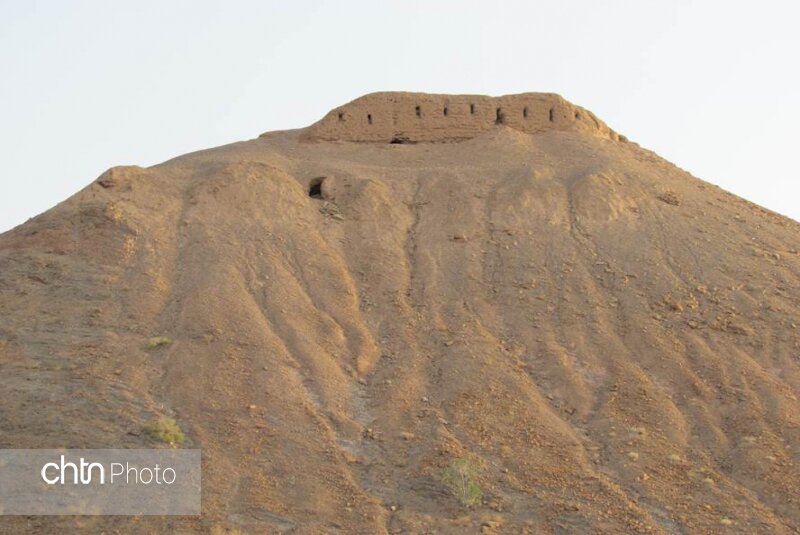Yazd mosques, temples made national heritage

TEHRAN – Four mosques and Zoroastrian temples along with other historical properties, scattered across the central Iranian province of Yazd, have recently been added to the National Cultural Heritage list.
The Ministry of Cultural Heritage, Tourism and Handicrafts announced the inscriptions on Thursday in separate letters to the governor-general of the province.
Molla Ahmad Seyyedabad Mosque and the Taqareh-Band Mosque, Hosseinieh and Cistern Complex as well as the remnants of Kuh-e Gabri Fire Temple and Nersi Abad Pirangah, a temple worshipped by Zoroastrians, are among the properties added to the National Heritage list.
The list also includes the remnants of Turan Posht Fortress and Turan Posht Qadamgah.
Qadamgah refers to places of pilgrimage in the Islamic world where there is believed to be a footprint attributed to a prominent religious figure or a place where a holy person is thought to have stepped in.
Back in May, provincial tourism chief Ali-Asghar Samadiani announced that 59 historical and natural sites in the province were added to the National Heritage List during the previous Iranian calendar year 1398 (ended on March 20), while over 150 archaeological and historical sites were identified across the province through excavations and surveys conducted by Yazd Cultural Heritage, Tourism and Handicrafts Department during the same period.
In July 2017, the historical structure of the city of Yazd was named a UNESCO World Heritage. Wedged between the northern Dasht-e Kavir and the southern Dasht-e Lut on a flat plain, the oasis city enjoys a very harmonious public-religious architecture that dates from different eras.
Yazd is usually referred to as a delightful place to stay, or a “don't miss” destination by almost all of its visitors. The city is full of mudbrick houses that are equipped with innovative badgirs (wind catchers), atmospheric alleyways, and many Islamic and Iranian monuments that shape its eye-catching city landscape.
It is a living testimony to the intelligent use of limited available resources in the desert for survival. Water is brought to the city by the qanat system. Each district of the city is built on a qanat and has a communal center.
The use of earth in buildings includes walls and roofs by the construction of vaults and domes. Houses are built with courtyards below ground level, serving underground areas. Wind-catchers, courtyards, and thick earthen walls create a pleasant microclimate.
Partially covered alleyways together with streets, public squares and courtyards contribute to a pleasant urban quality. The city escaped the modernization trends that destroyed many traditional earthen cities.
It survives today with its traditional districts, the qanat system, traditional houses, bazaars, hammams, water cisterns, mosques, synagogues, Zoroastrian temples, and the historic garden of Dolat-Abad. The city enjoys the peaceful coexistence of three religions: Islam, Judaism, and Zoroastrianism.
ABU/AFM
Leave a Comment